Gardening experts share when to plant runner beans outside – and the right way to transplant them for healthy, bumper crops this year
Enjoy bumper crops of this tasty and versatile harvest – it’s easy!
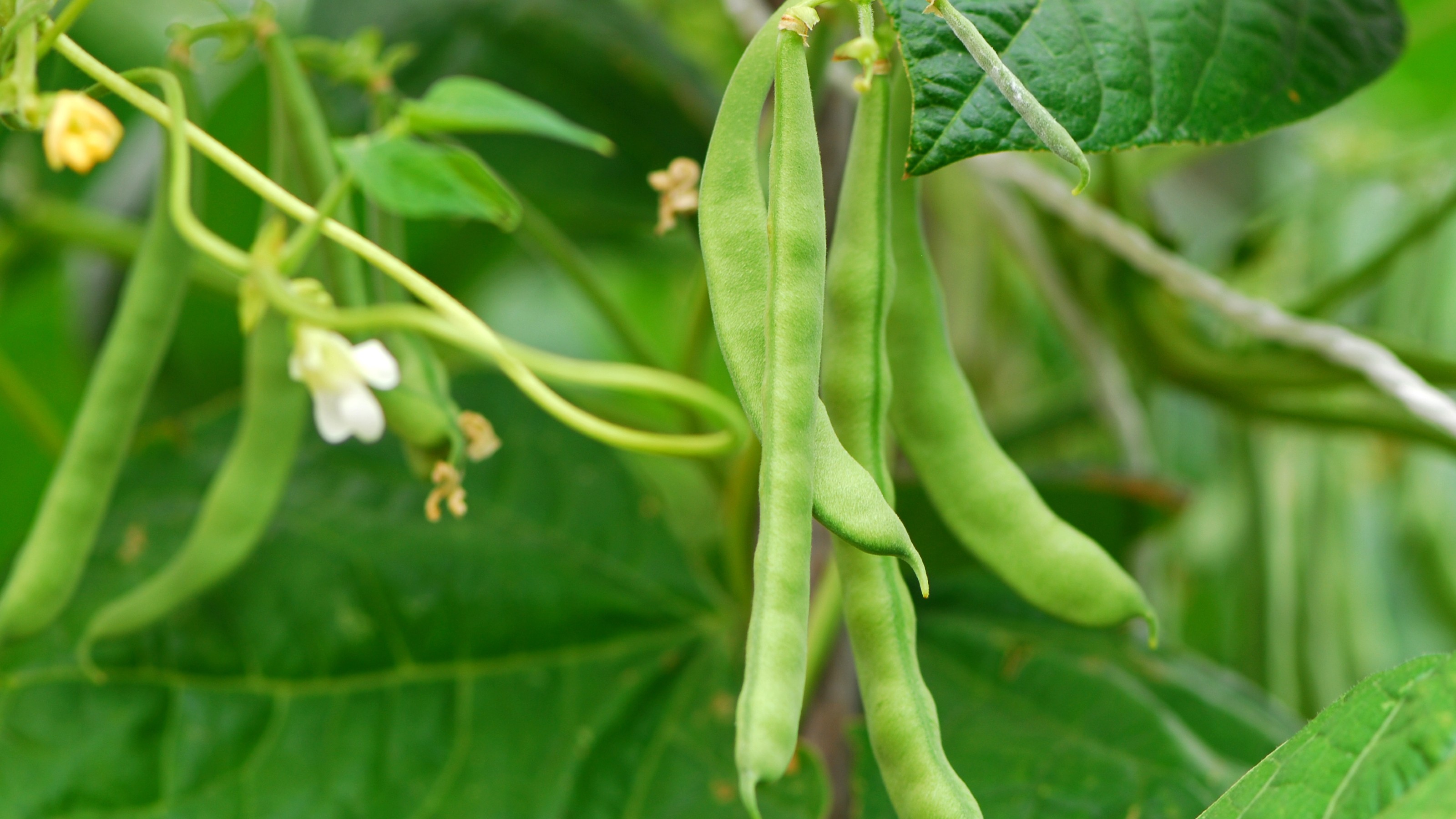
When you think about growing your own vegetables, it is likely runner beans will be one of the first things that spring to mind.
And it's pretty simple to learn how to grow runner beans. A delicious and traditional veg for the edible gardener, they also make a beautiful focal point with their scrambling tendrils, bright, green leaves and stunning flowers, followed by cascades of long pods. The best bit? They are one of the easiest vegetables to grow if you're new to gardening.
Kate Cotterill at She Grows Veg explains, 'Runner beans are certainly on the list of easy crops to grow in so far as they're easy to plant and germinate and don't require any particularly difficult conditions.'

Kate Cotterill is CEO and founder at heirloom seed company, She Grows Veg.
Kate also adds that sowing the seeds indoors is wisest: 'They can be susceptible to pests and diseases like any crop, so it's a good idea to start seeds off in a greenhouse or on a windowsill if you can, so that young seedlings are protected until it's time to plant them out in the final position. They can of course be sown directly where they are to grow, but it does leave you open to slugs, so be prepared to sow again!'
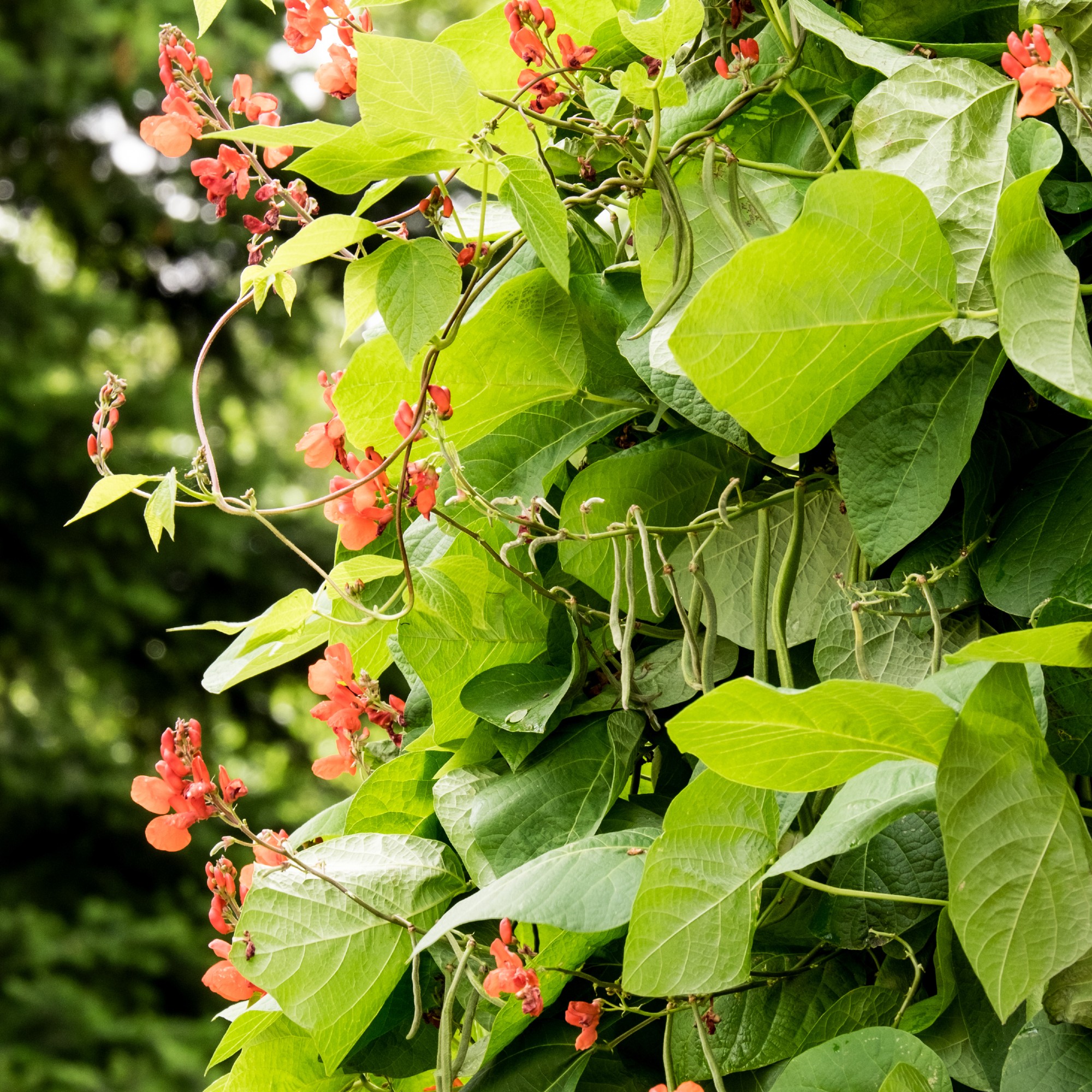
There is a lot to love about this crop, and Emma O'Neill, head gardener at sustainable gardening charity Garden Organic, says, 'My favourite thing about growing runner beans is that they are really easy to grow, germination is high, and productivity is lengthy, from mid-summer to early autumn. The flowers are also delightful (and edible!)'
So if you are looking for a generous crop, with plentiful uses, runner beans could be the one for you, but first, you'll need to know exactly when to plant them outdoors. We've asked the experts for their advice.
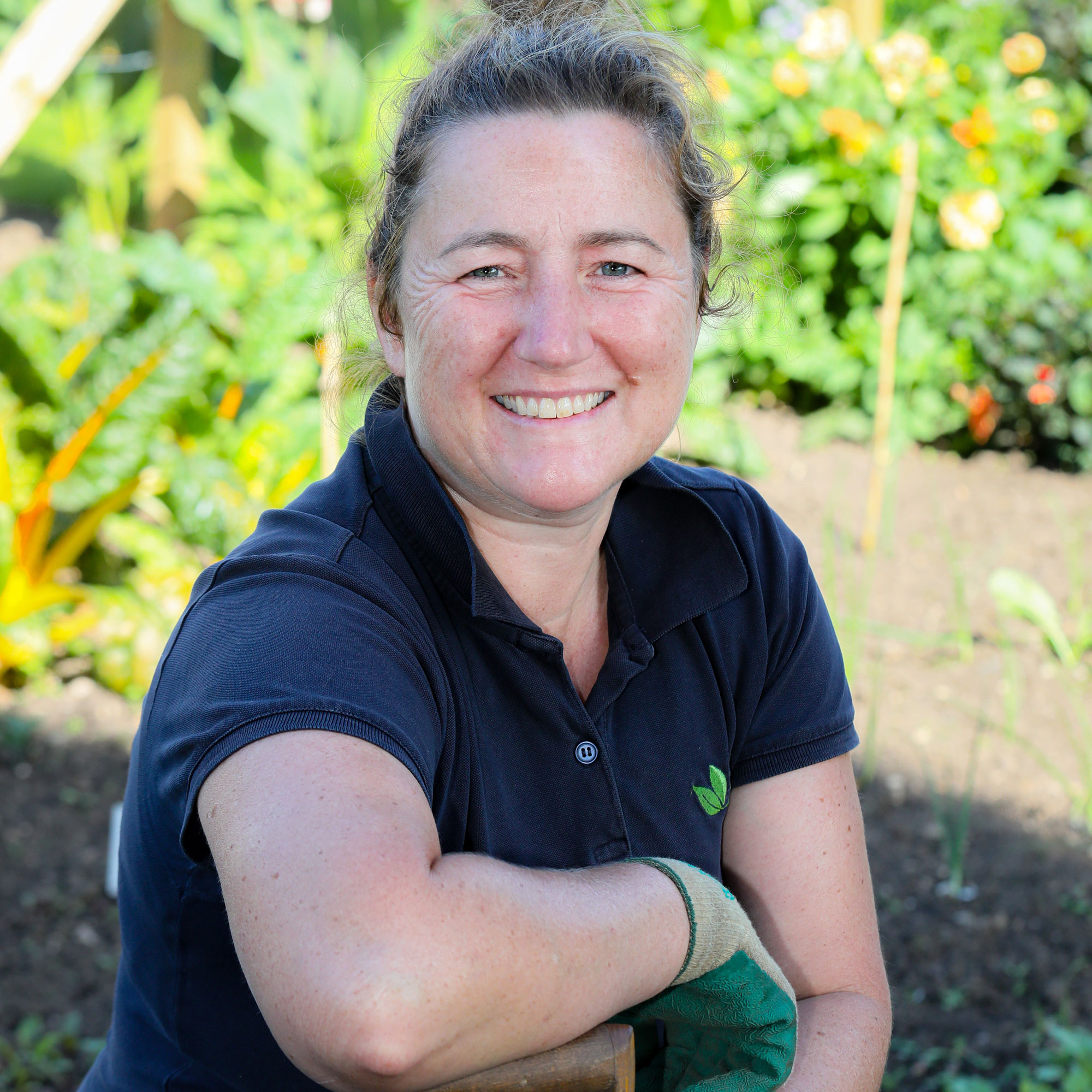
Emma O’Neill is Garden Organic’s head gardener, She first studied horticulture at Pershore College in 2001 and has been gardening professionally since 2003 - working in a variety of different sites from National Trust gardens to a large private estate. She now manages a team of staff and volunteers, writes gardening articles for magazines and creates the occasional show garden. Her passion is herbaceous perennials and all things floral, but she loves to try new things.
When should you plant runner beans out?
The best months to plant runner beans outside are May and June, when the risk of late frosts has passed. Prior to planting, you will need to prepare your ground.
Sign up to our newsletter for style inspiration, real homes, project and garden advice and shopping know-how
Runner beans thrive in a sheltered spot with plenty of sun. Remove any large weeds that can compete with your beans for vital resources.
Emma adds, 'Add organic matter to the soil prior to planting, as runner beans like nutrient-dense soil, in a sunny but sheltered spot. They need to be out of the wind so that they don’t bend and bow, which can lead to snapping.'
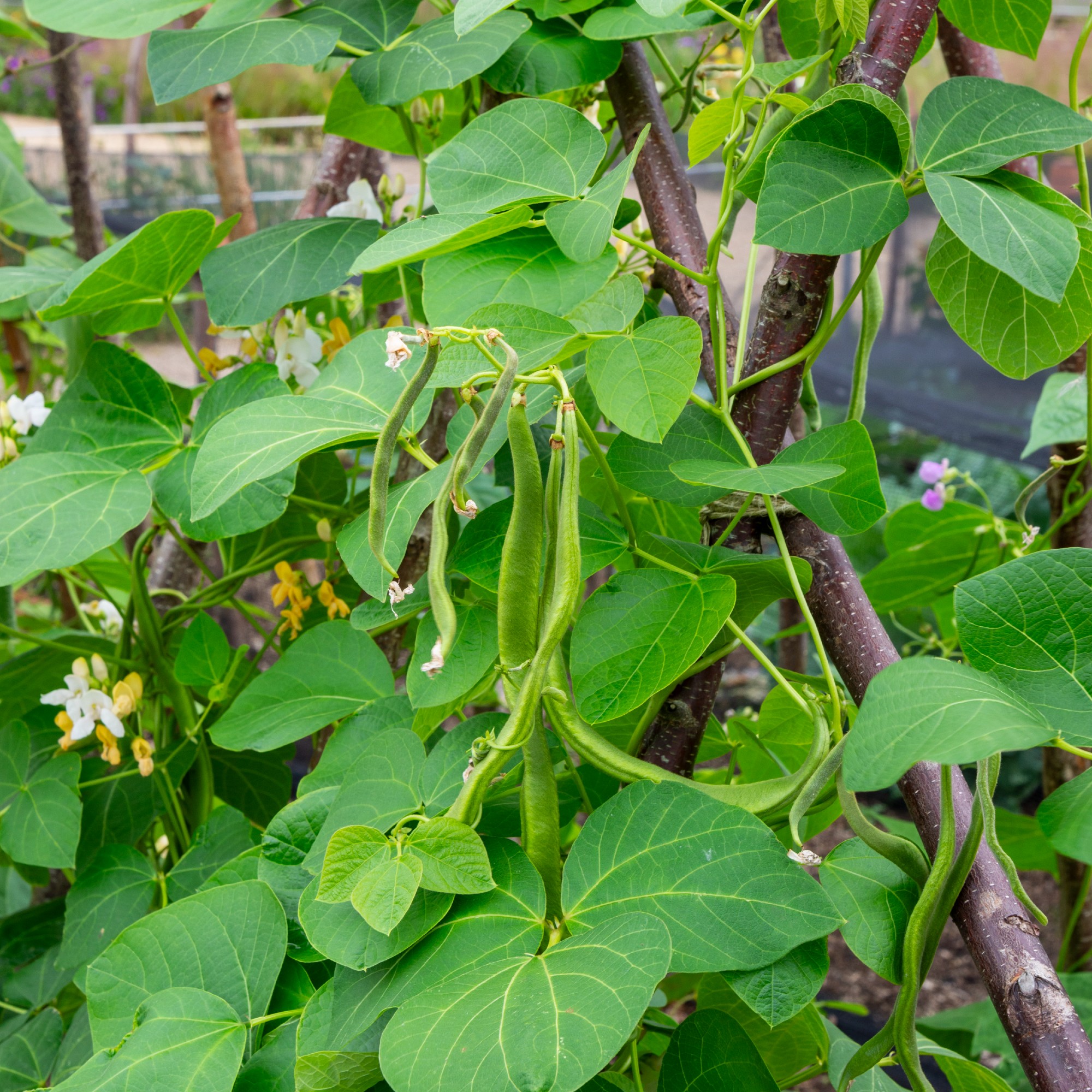
It is important to remember that young plants will need to be hardened off before being moved outside. Hardening off is the process of gradually acclimatising the plant to outdoor conditions over the period of a couple of weeks, so they don’t get shocked by being moved from their toasty indoor home.
To start with, move your pots or trays outside into a sheltered spot during the day (a cold frame is ideal if you have one), and bring them back under cover overnight. Then leave them outside all day, giving a covering of horticultural fleece (or popping the cold frame lid closed) overnight.
The process takes around 14 days, and by the end of it, the plants will be able to stand up to life outside in the garden without a check on growth.
How do you transplant runner beans?
When it comes to transplanting your runner beans into their final positions, they can be grown vertically either around a wigwam structure of canes, or up two parallel lines of poles – this will depend on your personal preference and the space available to you.
Plants should be spaced at approximately 30cm apart (a cane to each one), with around 45cm between rows to allow the plants to grow on happily.
Dig a hole at the base of each cane, then gently lever the young plant out of its pot of module, and pop it into the hole. Backfill with the dug out soil, and gently firm down, then water the plant in. These are speedy growers and you will probably notice the little plants reaching up and around their supports in no time.

Once your plants are in position, how do you keep them healthy? Kate explains, 'For healthy runner bean plants, keep them well watered and consider a companion plant such as marigolds that will help deter aphids.'
Emma adds, 'Watering regularly – particularly during dry spells – will help to increase your yield. (Remember to use saved water from a butt so you don’t have to use mains water). Also, ensure that you have high, sturdy supports in place. We like to use hazel poles in our organic demonstration garden at Ryton. These plants can also be grown in containers outside if you don’t have sufficient space.'
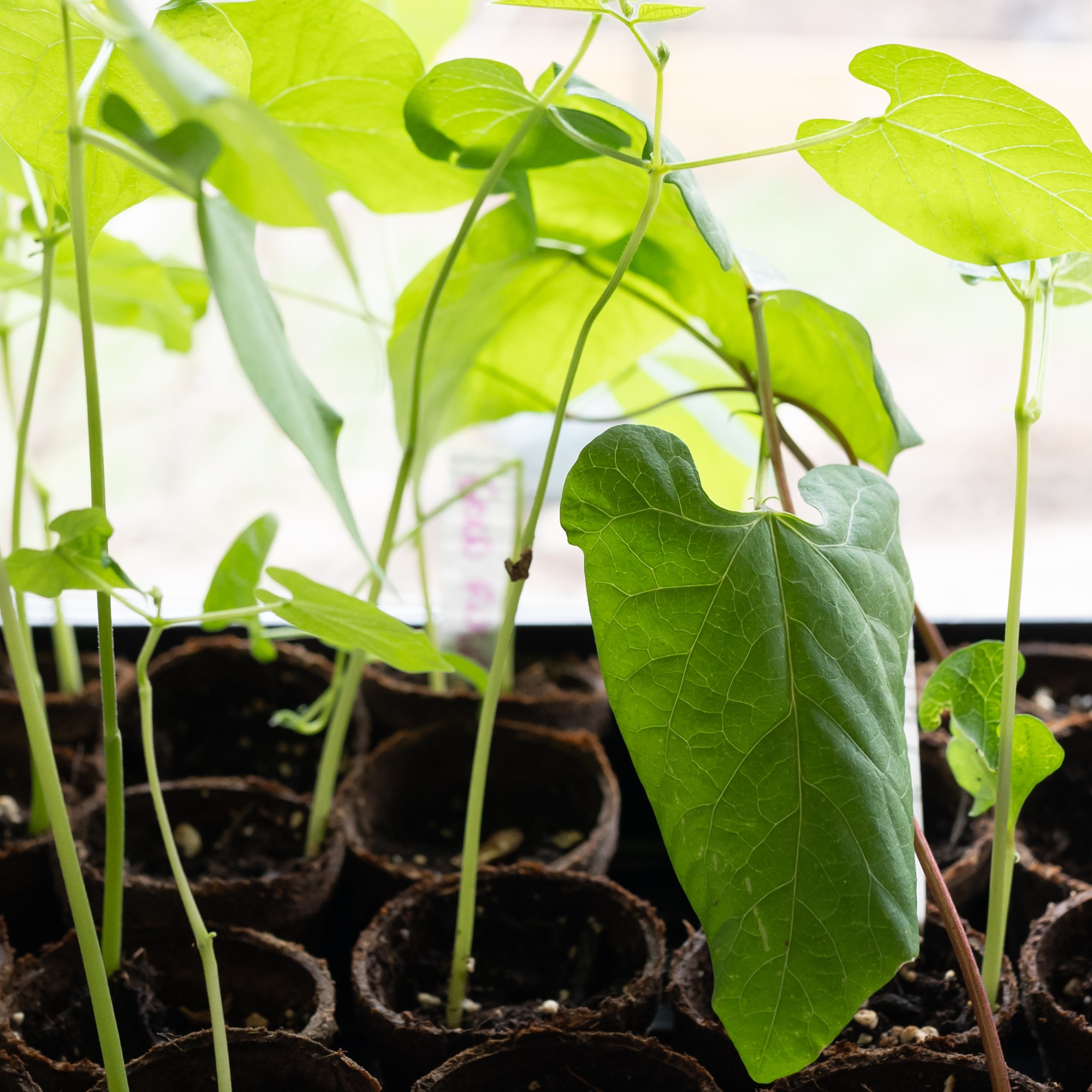
As with any veg, keep an eye out for pests – there isn’t much that troubles these easy-growers, but be watchful for slugs and snails, which love to munch on tender growing tips, and aphids, too.
It is always best to steer clear of chemical controls for these things, as a biodiverse garden is a healthy garden, but there are some great organic solutions available to treat issues, such as nematodes (microscopic organisms used as a biological control and you can pick these up on Amazon) which can be dissolved into a can of water and sprinkled onto your plants.
To get rid of small aphid infestations, you can wrap some sticky tape around your hand and dab at the leaves, picking up the pests. Ladybirds are also fantastic for munching on aphid colonies, so attracting beneficial insects into your garden is a big win! Coming back to watering once again, beans can suffer from issues in prolonged hot, dry weather, so remember to keep up a regular irrigation regime.
Where to buy runner bean seeds
There are also many different types of runner beans available, so you can find the bean that is right for you – dwarfing types for smaller plots and containers, different coloured flowers and pods if you are looking for something a little out of the ordinary, and wonderful flavours to keep you coming back for more.
They are heavy croppers, so make sure you have dug out plenty of recipes to make the most of your harvests. Here are my top picks.
- Thompson & Morgan: ‘Firestorm’ self-fertile, scarlet-flowered type with thick, sweet and stringless beans. A reliable cropper, even when conditions are less than ideal, so it makes a good choice for beginners.
- Sarah Raven: ‘Black Knight’ are truly eye-catching beans which are wonderfully tender and delicious. The purple pods and crimson flowers make them really striking, and both are edible.
- Crocus: With ‘White Lady’'s pure white flowers and medium pods, these beans are a great addition to any plot – and have an RHS AGM to boot, a seal of approval you know you can trust
Once you start growing this delicious vegetable, you really won’t look back. With edible flowers and pods, beautiful growth, and a generous habit, you won’t be able to get enough.
What other vegetables are you planting in May?
Laura Hillier is an editor and content writer with more than 10 years of experience in horticulture and women's lifestyle journalism. Passionate about sustainability and the wellbeing benefits of being in the outside world, Laura is keen to inspire everyone to grab a little slice of the good life.